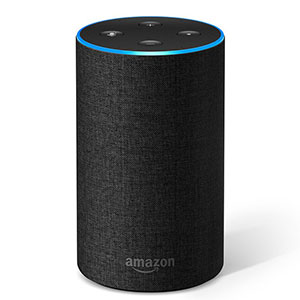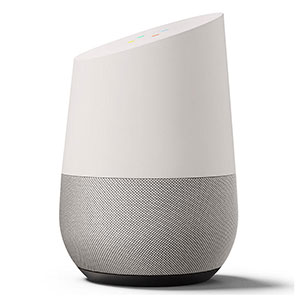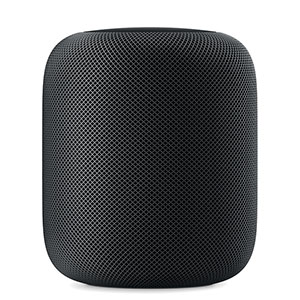With the announcement that Legrand is growing their home automation range to now include HomeKit compatible smart lighting; here at Kempston Controls we thought it would be a good idea to start with the basics.
Providing homeowners with comfort, security, convenience and energy efficiency all through their smart devices making smart home technology currently one of the largest growing industries. Part of the internet of things (IoT), smart home systems and devices operate together, sharing its user’s data to automate actions from switching the lights off when you leave for work to turning the kettle on when you wake up.
The development of smart home technology
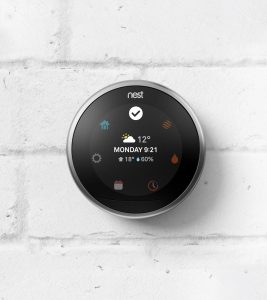
Initial developments in the early 1970s began to tap into the technology’s potential, however, the restrictions that came with the earlier systems such as EMI issues led to a distinct lack of progress. It took the advent of the internet and Wi-Fi technology to encourage smart home technology advances, and today, most modern smart devices operating using the Wi-Fi 802.11 b/g protocol. Wi-Fi allows the seamless integration of multiple devices from different brands on one home system and opens the door for data transmissions to be two-way and allow for deeper integration.
In 2011, the biggest commercial breakthrough was made and the Nest Learning Thermostat began to be installed in peoples homes. Nest also created smart smoke/carbon monoxide detectors and security cameras. In 2015, due to its commercial success, Google acquired the company.
Kickstarting
SmartThings launched through Kickstarter in 2012 to raise funds for their own system and due to their successes, they were bought under the Samsung family in 2014.
More recently, companies including Amazon, Apple and Google have released smart home products such as the Amazon Echo, Apple HomeKit and Google Home, which are beginning to prove popular with 11% of Britons owning a smart speaker according to a 2018 YouGov Survey.
How smart homes work
In a smart home, all the devices are connected and controlled by a master controller or hub which acts as the centre point of the system and communicates wirelessly across the network. The hub integrates smart devices into a single app that can be controlled remotely by homeowners and allow seamless integration.
The most common use of smart homes is creating routines or events: Timed events, allow the user to set events that occur at certain times, for example, turning the kettle on at 6 am. A triggered event, on the other hand, occurs when the user triggers a routine based on an action, for example, when a smartphone approaches a door, the smart lock unlocks and the smart lights go on.
Machine learning and artificial intelligence (AI) are becoming increasingly popular in smart home systems as they allow applications to adapt. For example, voice-activated systems, such as Amazon Echo or Google Home, contain assistants that learn and personalise the smart home to the preferences and patterns of the user.
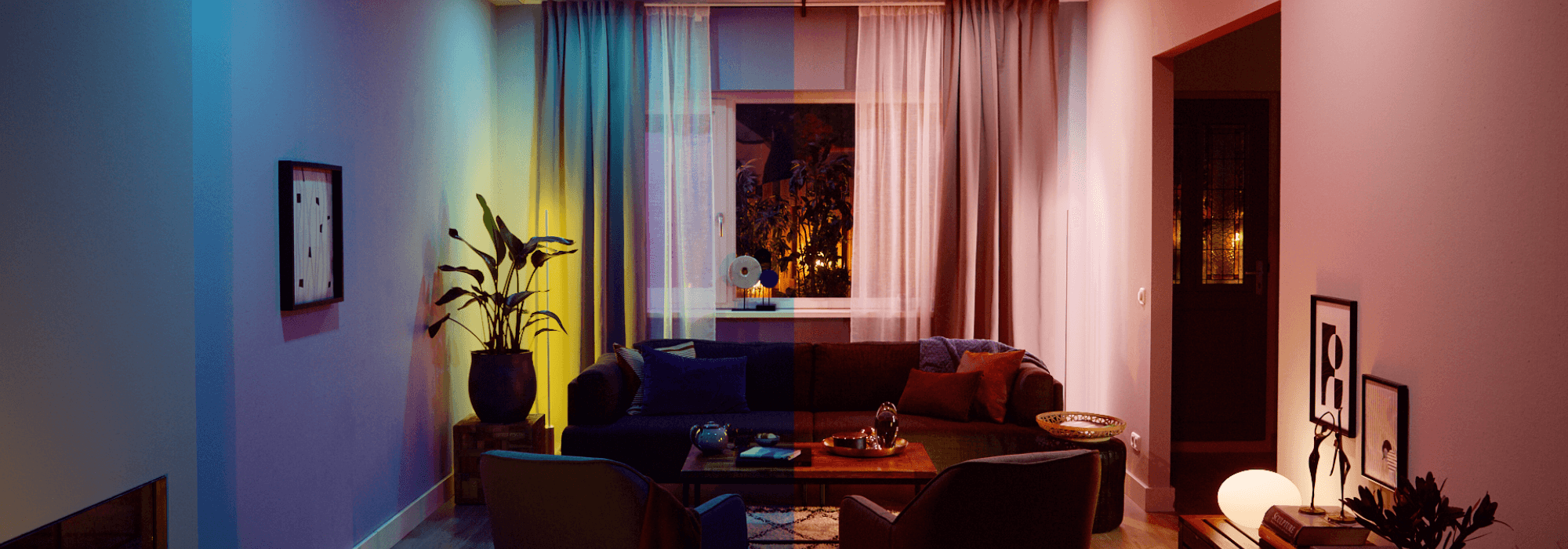
Examples of smart home technologies
- Smart Home technology has grown from the initial Nest Thermostat to nearly every aspect of day-to-day domestic technology having a smart counterpart.
- Smart TVs connected to the internet allow the user to access additional content such as on-demand video. Also, it’s common now for smart TVs to include voice or gesture recognition.
- Lightbulbs such as Philips Hue can be controlled remotely and customised to display different colours, change with daylight and adjust based on whether or not the room is occupied.
- Thermostats, such as the ones from Nest mentioned above, allows users to schedule, monitor and remotely control their home’s temperature among other services.
- Security cameras allow users to monitor their homes when they are away or on holiday. They can now go a step further and can now identify people to stop and start recording.
- Refrigerators can keep track of expiration dates, make shopping lists and create recipes based on ingredients currently in the fridge.
Anything can be Smart!
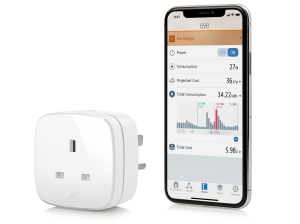
You can create a smart device out of any appliance with the availability of smart plugs. Smart plugs, such as the Amazon Smart Plug, let the users turn devices off and on remotely and create schedules. The aforementioned Amazon Smart Plug often dips under the £10 mark demonstrating Amazon’s push on smart home technology and gives any appliance basic smart functions. Essentially this means you can turn the item off and on remotely. As with any of Amazon’s smart product, they are Alexa compatible, so they can be used with the Echo devices making appliances become voice-controlled.
Smart plugs are the easiest way to get into smart automation with many brands competing with their own products. Eve Energy, TP-Link and Belkin are just a few companies that have released products all of which are compatible with Alexa & Google Home with Eve Energy’s plug also compatible with Apple HomeKit.
Smart Positives
- Peace of mind it offers homeowners. Monitor homes remotely and counter dangers such as leaving the door unlocked
- Customisable, so users can create routines. For example, when they arrive home from work, their lights and heating come on
- Home automation also aids efficiency. Using smart automatic you can make sure the house is warm by the time the user arrives home from work
- A user can save money and natural resources thanks to efficiency improvements
Smart Negatives
- No defined protocols, system incompatibility- but market leaders are addressing this
- Security – 39% of non-owners in the UK were concerned with the security and privacy of smart devices
- Hacking – they could leave a home defenceless to a break-in or expose a home network and the user’s data
- Smart home devices collect a user’s data but where does that data go afterwards?
- Perceived to be complex, 75% of the non-owning UK public don’t know much about them
- Struggling to become mainstream due to poor perception
Despite some failings, smart technology is becoming increasingly popular as security concerns are being addressed and public perception increases with exposure to technology growing. While generally found in the domestic market it’s only a matter of time until this technology is sought after in industrial environments. It’s going to be an interesting few years for Smart Automation and here at Kempston Controls we are constantly looking at new ways to serve our customers and we’re looking forward to seeing where smart technology ends up.
Kempston Controls is committed to finding you the ideal solution for your application. Call us today on +44 (0) 1933 411 411, email us at sales@kempstoncontrols.co.uk, or alternatively contact us here, we will be happy to help.

